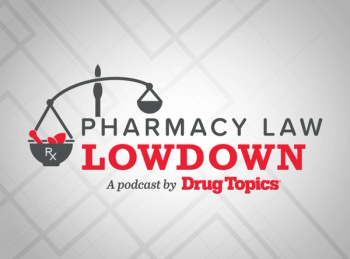
Tight glycemic control after pediatric heart surgery shows no benefit
Tight glycemic control can be achieved in children following cardiac surgery, but is this practice more effective than standard care?
Tight glycemic control can be achieved in children following cardiac surgery, but it does not reduce the infection rate, mortality, or length of hospital stay compared to standard care, according to a
The two-center, prospective, randomized trial, led by Michael S.D. Agus, MD, with Boston Children’s Hospital, consisted of 980 children who were aged 0 through 36 months. The patients were randomly assigned to receive either tight glycemic control or standard care in the cardiac intensive care unit (ICU).
Of the 490 children assigned to tight glycemic control, 444 (91%) received insulin versus 9 (2%) of 490 children who were assigned to standard care.
The researchers found that normal glucose levels were achieved earlier with tight glycemic control than with standard care (6 hours vs. 16 hours, P<.001) and were maintained for a greater proportion of the critical illness period (50% vs. 33%, P<.001). However, tight glycemic control was not associated with a significantly decreased rate of healthcare–associated infections (8.6 per 1000 patient-days in the tight glycemic control group compared with 9.9 per 1000 patient-days in the standard of care group; P=.67). In addition, mortality, length of hospital stay, organ failure, and hypoglycemia rates did not differ significantly between the groups.
“Our trial showed that tight glycemic control targeting a glucose level of 80 to 110 mg per deciliter did not change the rate of healthcare–associated infections, mortality, or length of stay in the cardiac ICU as compared with standard care,” the researchers wrote.
They acknowledged that certain limitations of the trial should be considered, however, and that this group of pediatric patients is unique, so the results “cannot be extrapolated to other pediatric critical care populations.”
Newsletter
Pharmacy practice is always changing. Stay ahead of the curve with the Drug Topics newsletter and get the latest drug information, industry trends, and patient care tips.













































































































































